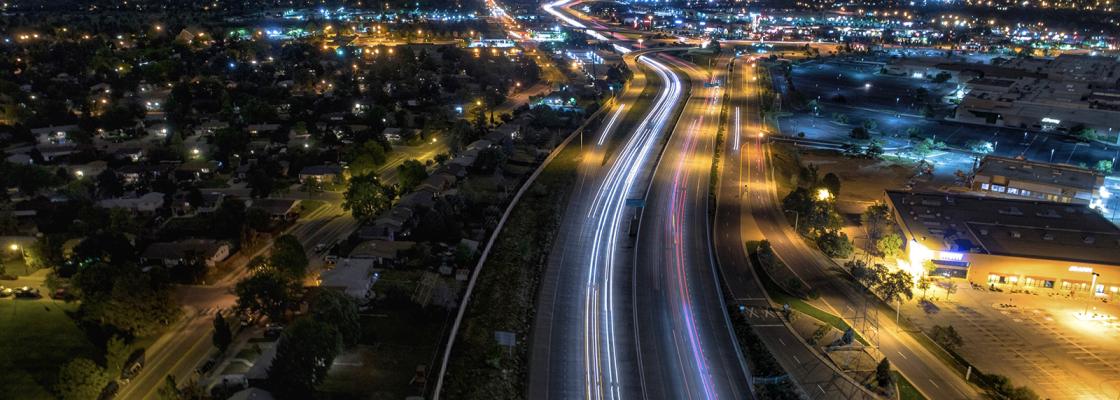
Update as of May 2025: DRCOG staff has completed a major update to the small-area forecast in preparation for the spring 2025 update to DRCOG’s Regional Housing Needs Assessment and the 2026 update to DRCOG’s Regional Transportation Plan.
Jurisdictions were invited to provide feedback on the forecast from January 20 through February 21, and 12 jurisdictions submitted 105 comments. The forecast was updated to incorporate those comments and a new small-area forecast webmap is now available with those updates. Contact James Kolberg if you have any questions or concerns.
The Denver region could be home to 4.2 million people, 1.86 million households and 2.96 million jobs by 2050, according to the Colorado Department of Local Affairs State Demography Office.
To understand how that growth would impact the region’s infrastructure, DRCOG staff collaborate with state officials to forecast how growth and development will affect the distribution of households, jobs and users of the transportation system throughout the region.
The State Demography Office forecasts future population, households and job levels for the state’s 64 counties. DRCOG staff allocate county-level growth across 2,800 small areas within the Denver region, known as a transportation analysis zone.
DRCOG staff rely on a predictive model to simulate household and employment location choices with real estate market dynamics and within natural and regulatory constraints. DRCOG staff inform and supplement modeling insights based on local data, knowledge and extensive feedback from local government partners.
With forecasts available for each transportation analysis zone, DRCOG staff and their partners can model future travel demand between zones to anticipate the effects on the transportation network and vehicle emissions, as well as mobility and accessibility for people and freight.
Beyond the regional transportation planning process, the small-area forecast can help inform a variety of planning efforts and is available on the Regional Data Catalog.
